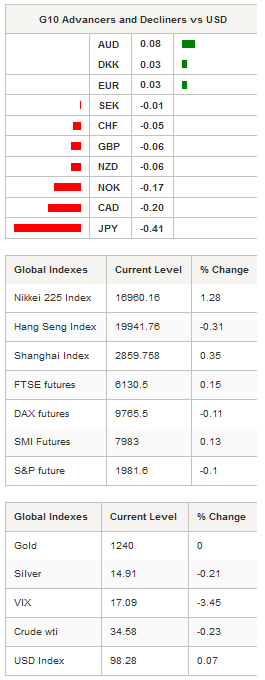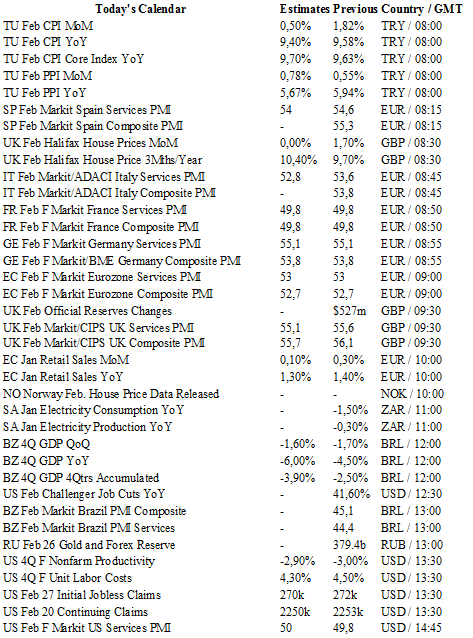Market Brief
The Japanese yen was under heavy selling fire in Tokyo amid beliefs that Shinzo Abe, Japan’s prime minister, may delay the sales-tax increase once again. Initially, the increase should have taken place in October 2015 but Governor Abe decided to postpone the implementation of the levy to April 2017, arguing that the economy wasn’t strong enough to undergo another tax increase - consumption tax had already been increased by 8% back in April 2014.
Today, it appears that Abe is about to call for a replay and postpone the 10% increase to April 2019. Credit rating agencies already downgraded Japan in 2015 over uncertainty about Japan’s ability to cut its fiscal deficit. Therefore, in the event of another postponement, the odds of another credit rating downgrade would rise significantly.
As a result, USD/JPY erased yesterday’s loses and moved back above the 114 threshold. On the short-term, a first resistance can be found at 114.87 (high from February 16th), while on the downside the low from March 1st at 112.16 will act as support.

In South Korea, the KRW got a big boost from headline CPI, which picked up significantly in February, beating widely market’s expectations. The CPI rose 1.3% y/y versus 0.9% consensus and 0.8% in the previous (or 0.5% versus 0.1% median forecast in a month-over-month basis).
After reaching a 6-year high last week, USD/KRW fell more than 1% during the Asian session, reaching 1214.80. A first resistance can be found at around 1200 (psychological level and previous highs). Besides the inflation story, the South Korean won took advantage of a fading risk-off sentiment, which helped emerging market currencies to advance against the US dollar.
In Sao Paulo yesterday, the Brazilian real continued to appreciate against the US dollar amid the BCB’s decision to hold the Selic rate at a 9-year high of 14.25%. Brazilian central bankers reckoned that the economy was already under enough pressure and that it was necessary to let it breathe for some time. USD/BRL moved below the 3.90 threshold and was heading toward the closest support at 3.8448 (low from February 4th).
On the equity market, Asian regional markets were trading broadly higher on positive Wall Street lead. However, European futures are trading slightly in negative territory and traders wonder whether the rally still has leg. In Japan, the Nikkei was up 1.28%, while the Hang Seng was down 0.31%. In China equity returns were mixed with the Shanghai Composite up 0.35% and the Shenzhen Composite down 0.14%. In Australia and New Zealand, equities were up 1.19% and 1.07% respectively. In Europe, the most equity futures are moving back and forth between positive and negative territory.
Today traders will be watching the inflation report from Turkey; Markit PMIs from Spain, Italy, France, Germany, the UK, Brazil and the eurozone; retail sales from the eurozone; GDP from Brazil; Markit PMIs, ISM non-manufacturing, factory orders and durable goods orders from the US.

Currency Technicals
EUR/USD
R 2: 1.1068
R 1: 1.0963
CURRENT: 1.0872
S 1: 1.0810
S 2: 1.0711
GBP/USD
R 2: 1.4409
R 1: 1.4168
CURRENT: 1.4066
S 1: 1.3836
S 2: 1.3657
USDJPY
R 2: 117.53
R 1: 114.91
CURRENT: 113.92
S 1: 110.99
S 2: 105.23
USD/CHF
R 2: 1.0257
R 1: 1.0074
CURRENT: 0.9970
S 1: 0.9847
S 2: 0.9660
